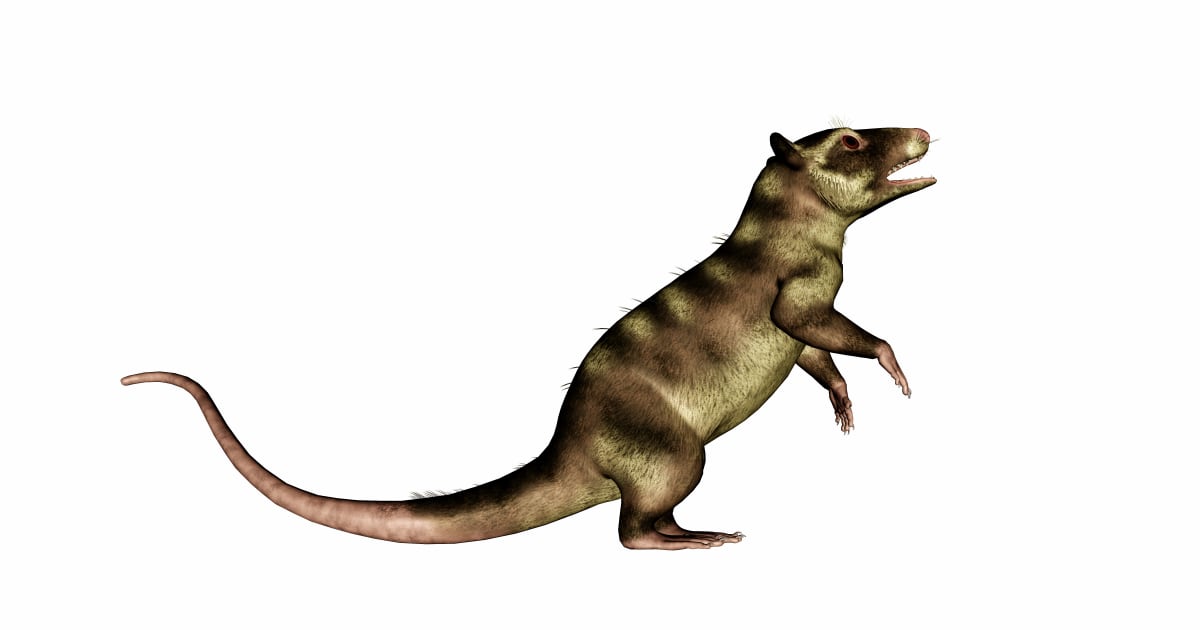What did our ancestors gain, what did they lose and what did they diverge during their long evolution?
In the history of the Earth, which is said to be about 4.6 billion years,Life is said to have originated at least 3.95 billion years ago. The first humans appeared about 7 million years ago. From the perspective of Earth's long history, this is “very recent.”
However, Homo sapiens did not suddenly appear. You were born at the end of continuous evolution from the beginning of life to the present. If we focused on one species, Homo sapiens, and traced its history, what kind of journey would we see? This is a fascinating story about that journey, focusing on the 70 signs.『The Prehistory of Sapiens: 500 Million Years of History from Vertebrates to Humans』He is.
this”Sapiens prehistoric times“, we will introduce you to the “highlights” that you should pay special attention to among the 70 signposts. This time I would like to explain what kind of animal “mammals” were, sometimes referred to as mammals in a broad sense, and how they differed from therapsids In the Paleozoic era.
*This article is based on “The Prehistory of Sapiens: 500 Million Years of History from Vertebrates to Humans“(Bluebacks) has been reconstructed and re-edited.
Earth after the mass extinction event at the end of the Paleolithic and Permian
Approximately 252 million years ago, when an unprecedented mass extinction event occurred, all of the world's continents came together and merged, forming the supercontinent Pangea.
Even before the mass extinction event, some of the therapsids living on this supercontinent had acquired rather large bodies, several meters long, raised their bodies with their limbs, and had large jaws with heterogeneous teeth. diaphragm for efficient lung breathing, and took full advantage of its endothermic nature to hunt aggressively.
In short, it was (or should have been) an entity that dominated the terrestrial ecosystem. At that time, the World's Beast Archers Kingdom was created.
However, the kingdom collapsed due to a mass extinction event. Roughly 252 million years ago, the world built by our ancestors was destroyed, and a new world centered around reptiles was rapidly created.
What will emerge in this new world are “dinosaurs,” male sauropods that separated from their ancestors long ago.
After the mass extinction event, the age of the dinosaurs begins. This era, which lasted for about 186 million years until about 66 million years ago, is called the “Mesozoic Era,” and from the oldest to the oldest it is called the “Triassic,” “Jurassic,” and “Jurassic.” Cretaceous period. The boundary between the Triassic and Jurassic was about 201 million years ago, and the boundary between the Jurassic and Cretaceous was about 145 million years ago.
![[الشكل]Geological era and five mass extinctions](https://gendai-m.ismcdn.jp/mwimgs/6/1/2048m/img_61a726c1f8c69d26b88fcea393b1c2d4230369.jpg) Geologic time and five mass extinctions
Geologic time and five mass extinctions
The stage, the supercontinent Pangea, gradually divides. It was divided into north and south, then east and west, and after 100 million years, it was divided into different continents. It divided into the supercontinent of Laurasia in the north and the supercontinent of Gondwana in the south. Then during the Jurassic period, the supercontinent of Laurasia split into North America and Eurasia. During the Cretaceous period, the supercontinent Gondwana began to break up, separating the continents of South America and Africa.
This division led to the “cessation” of living organisms.
The breakup of supercontinents cuts off contact between species, causing “isolation,” which allows organisms unique to each continent to evolve.
Now, in a world that has seen dramatic changes, cynodonts are among the therapsids that survived the end-Permian mass extinction event.

“Travel maven. Beer expert. Subtly charming alcohol fan. Internet junkie. Avid bacon scholar.”






More Stories
It's better to call it a digital camera. The Xperia 1 VI lets you take any kind of photo | Gizmodo Japan
Google may be developing a new device called “Google TV Streamer” to replace “Chromecast”
What do you want to talk about? “Persona 3 Reload” recommendation campaign is running until July 31st! |.Persona Channel